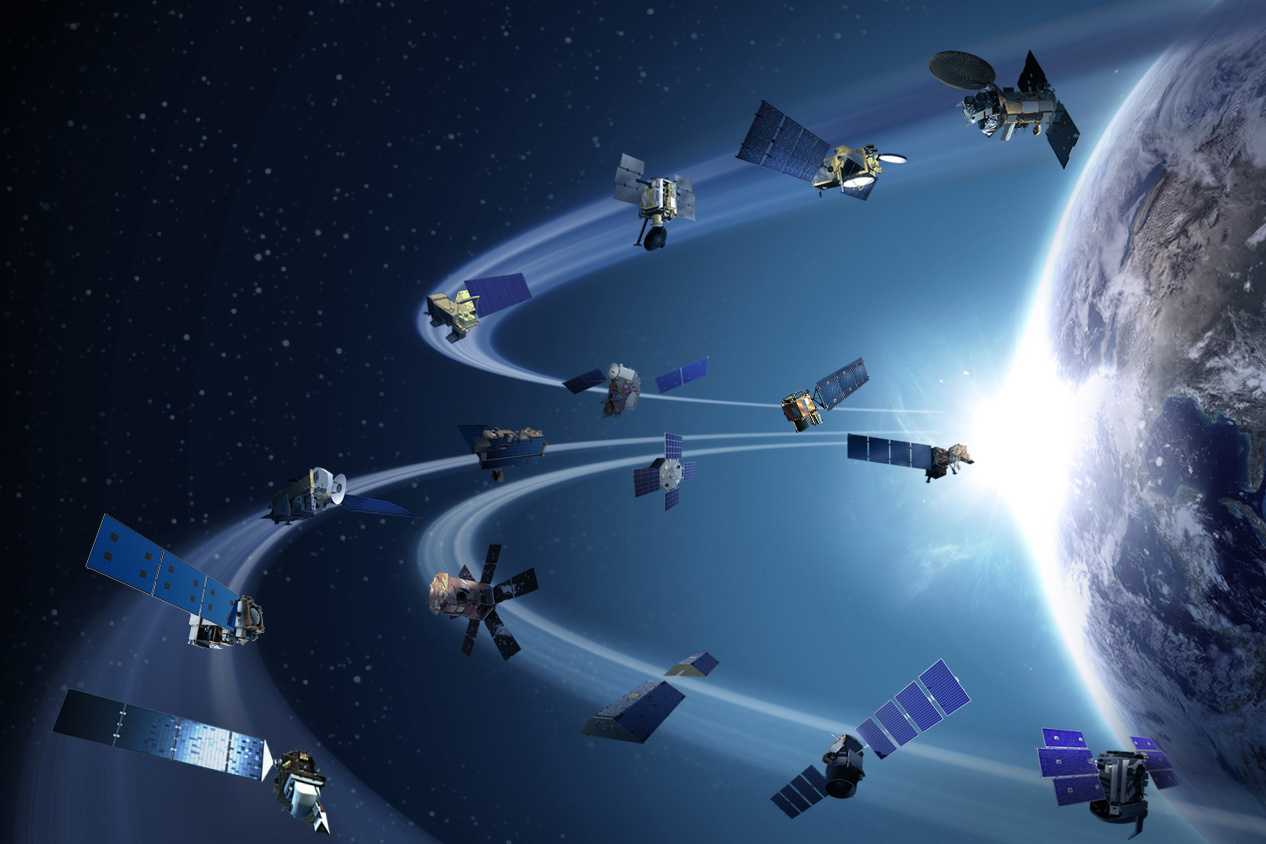
Alexander Marshak, DSCOVR deputy project scientist at NASA's Goddard Space Flight Center in Greenbelt, Maryland said "The source of the flashes is definitely not on the ground. It's definitely ice and most likely solar reflection off of horizontally oriented particles".
Basically, the agency explained, the scientists figured it was ice reflecting the light from high cirrus clouds because the glints were clearly not coming off of the surface of the Earth, like from a lake or flat bit of ocean, and because of the angle the spacecraft was to the Earth each time it captured the glints.

Meanwhile the scientists reasoned that if these 866 flashes were caused by
reflected sunlight, they would be limited to certain spots on the globe spots
where the angle between the sun and Earth is the same as the angle between the
spacecraft and Earth, allowing for the spacecraft to pick up the reflected
light. When they plotted the locations of the glints with where those angles
would match, given Earth's tilt and the spacecraft's location, the two matched.
Sources have stated that the agency's scientists also determined that these glints were the same phenomena discovered in 1993 by Carl Sagan and his fellow scientists working with the Galileo spacecraft as it sped toward Jupiter.




